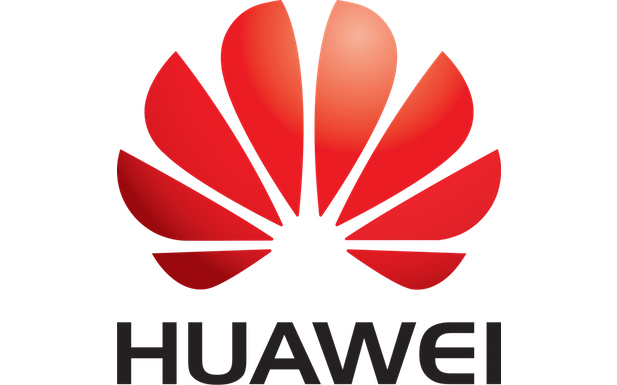Consumers will only account for 10 percent of total connections by 2025, Huawei has predicted, with the firm focusing on connectivity and virtualisation for the years ahead.
In its 2015 Annual Report, Rotating and Acting CEO Guo Ping claimed there would be 100 billion connections by 2025, but consumers would only account for a fraction of these.
He said: “Currently, 99 percent of devices with sensors are not connected to the Internet. Therefore, our top priority will be to enhance connectivity, and Narrowband Internet of Things (NB-IoT) is the core technology that will support these massive numbers of connections between things.
“With low power consumption, wide coverage, strong signals, and the ability to support high-density connectivity in specific areas, NB-IoT will make static objects smart and interactive, and allow numerous things to “speak”. This will provide a huge boost to industry efficiency.”
The standards for NB-IoT are currently being agreed upon, with the first networks featuring the technology expected late this year or in early 2017.
[Read more – Orange to launch 4G NB-IoT network in 2018, happy to play it cool on 5G race]
Internet of Things aside, Guo said it wanted to open more labs to help foster greater levels of innovation and reduce time to market for the likes of 5G, cloud and digital transformation.
Last month it opened its latest lab in Munich.
He said: “For developers, we have built an open, enabling Ecosystem Software Development Kit (eSDK) platform to provide flexible and easy-to-use tools, along with agile support services.”
Virtualisation was also highlighted as critical for operators for the years ahead. Guo said: “At the heart of all connections, carriers need to establish software-defined architecture, achieve agile operations, increase their own operational efficiency, and explore ways to monetise massive amounts of data. They also need to choose strategic partners that are capable of integration.
“In the meantime, by developing their own integration capabilities, carriers can help cultivate a more open and innovative ecosystem. Only by exposing network capabilities will greater opportunities emerge.”
Guo’s comments came as the vendor revealed a rise in sales and profits for 2015.


